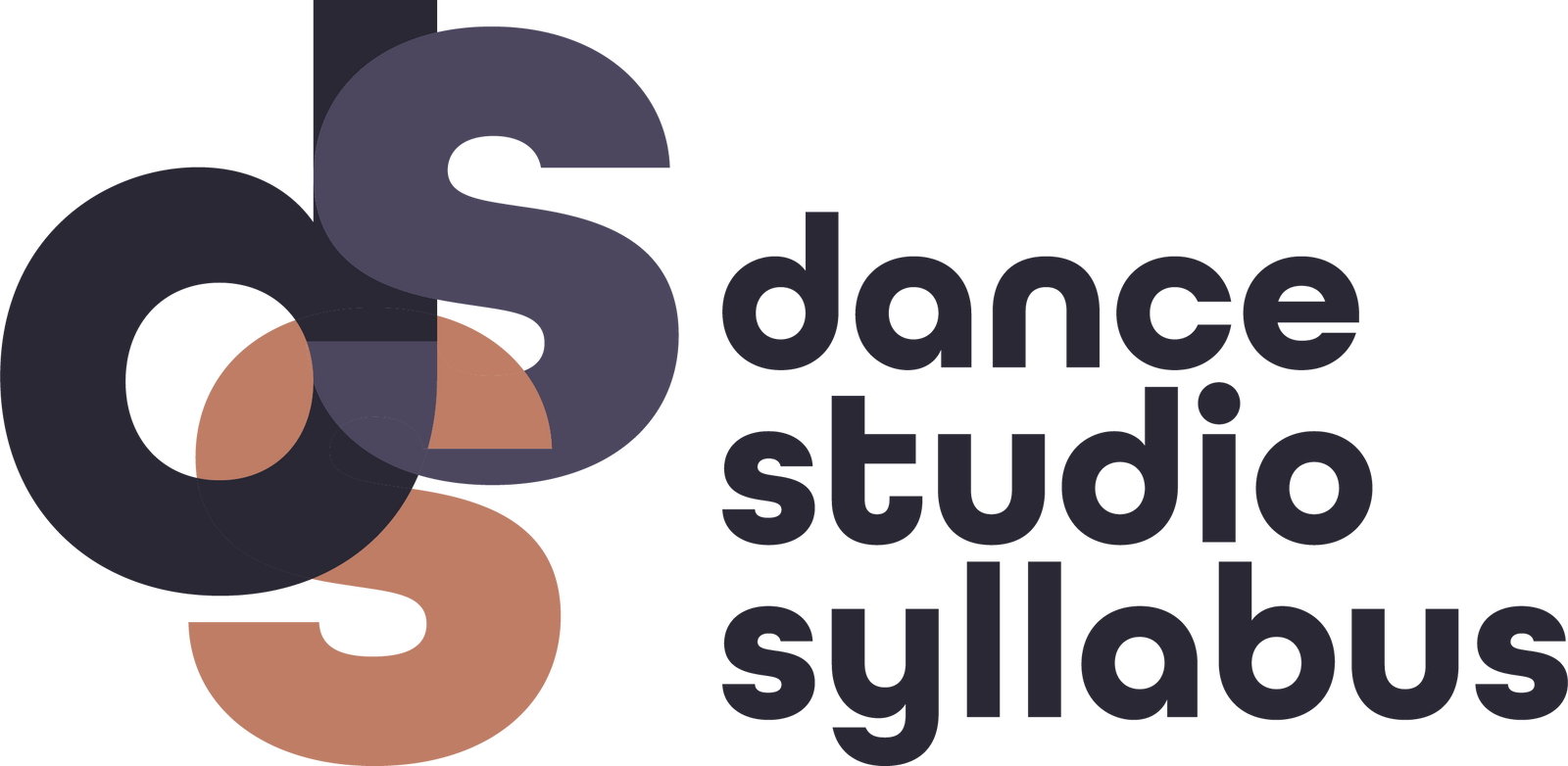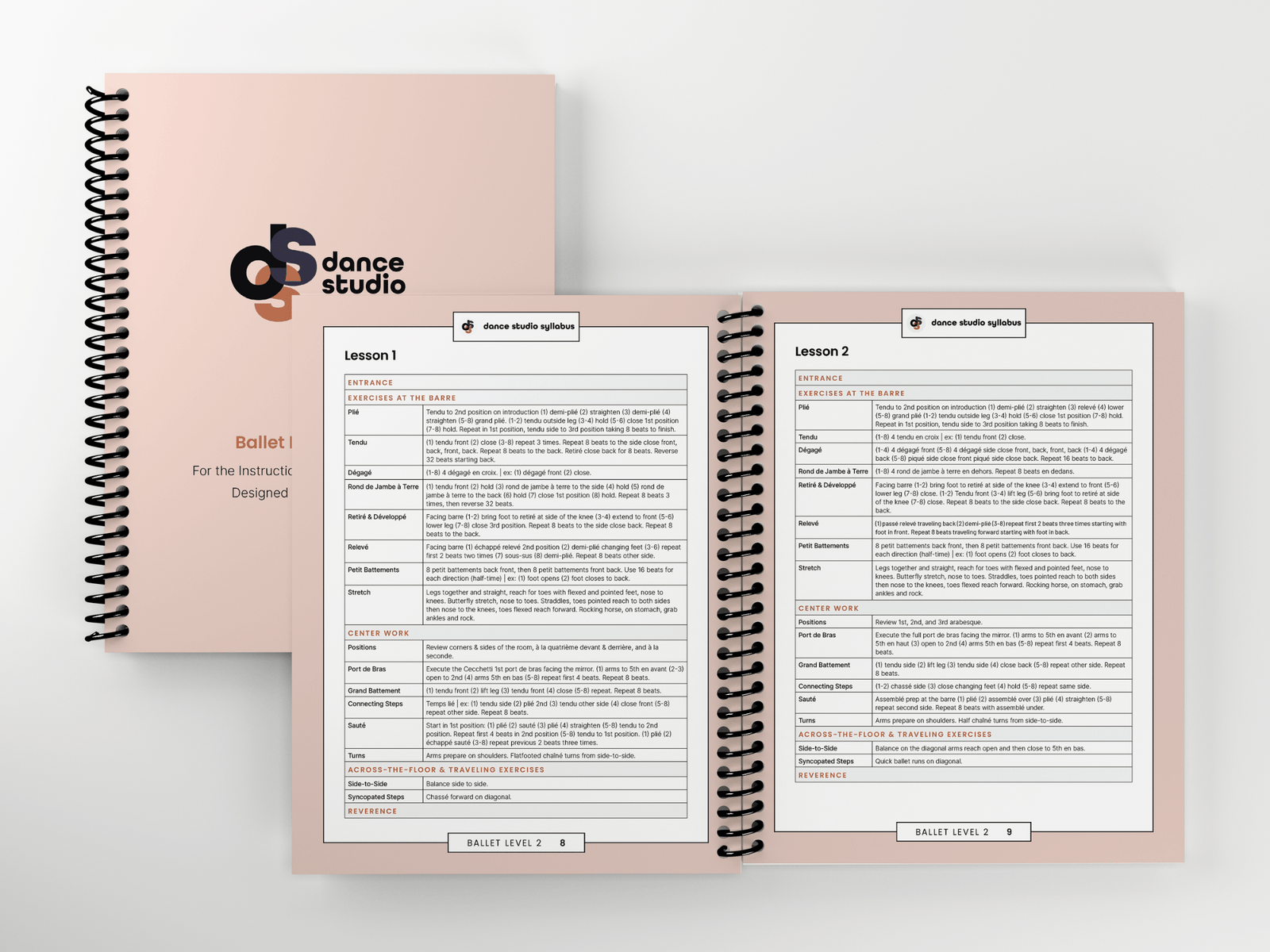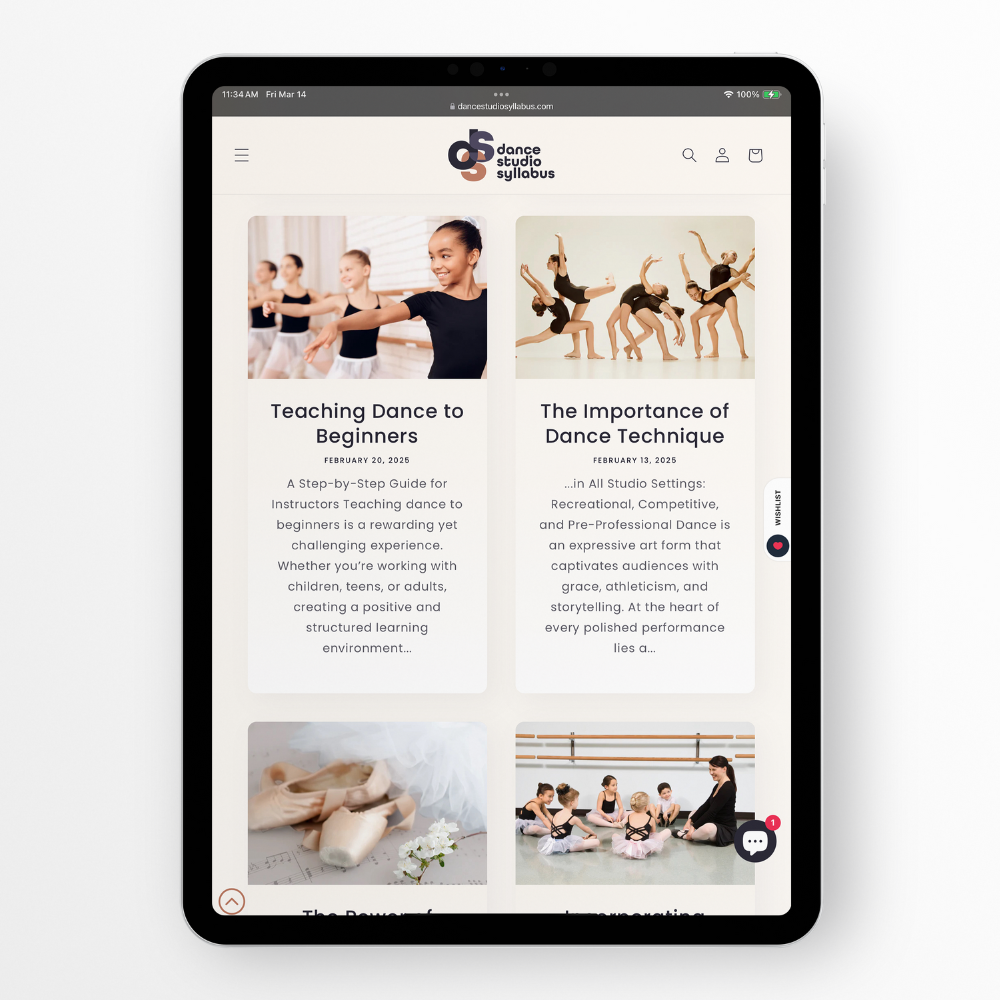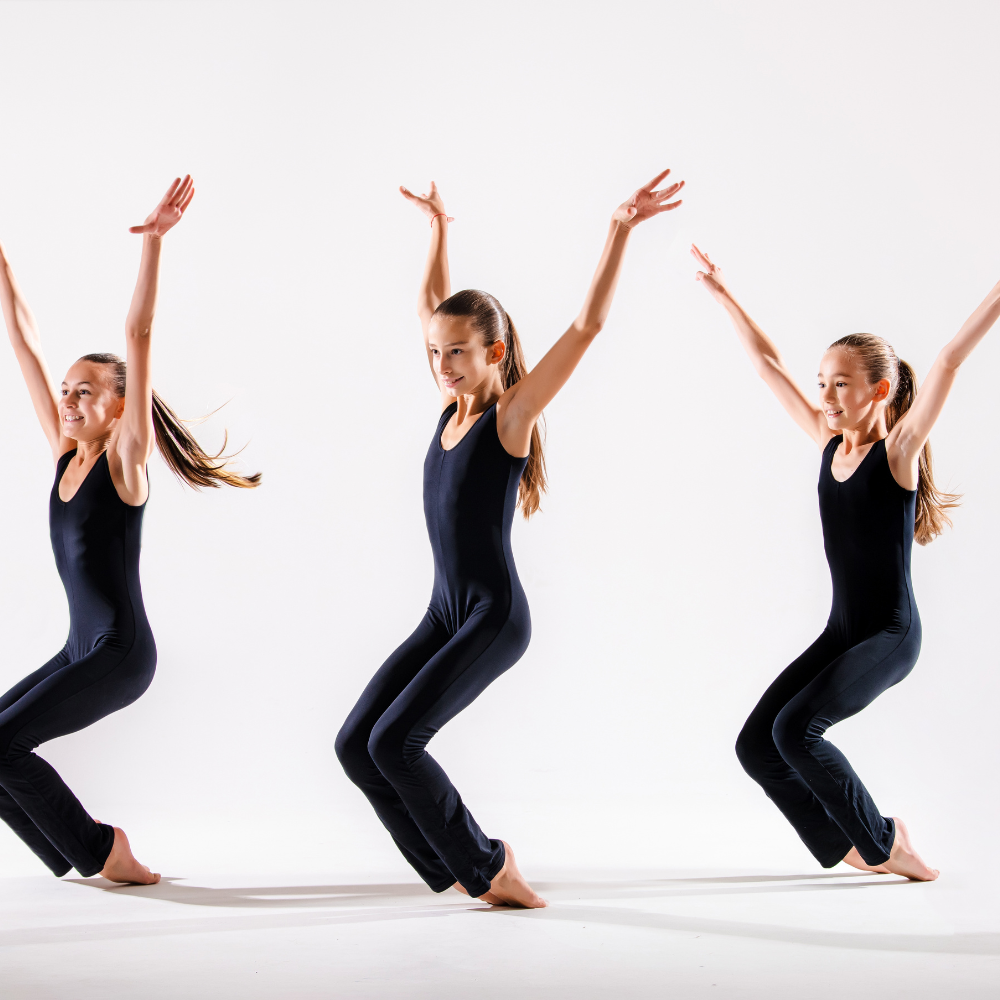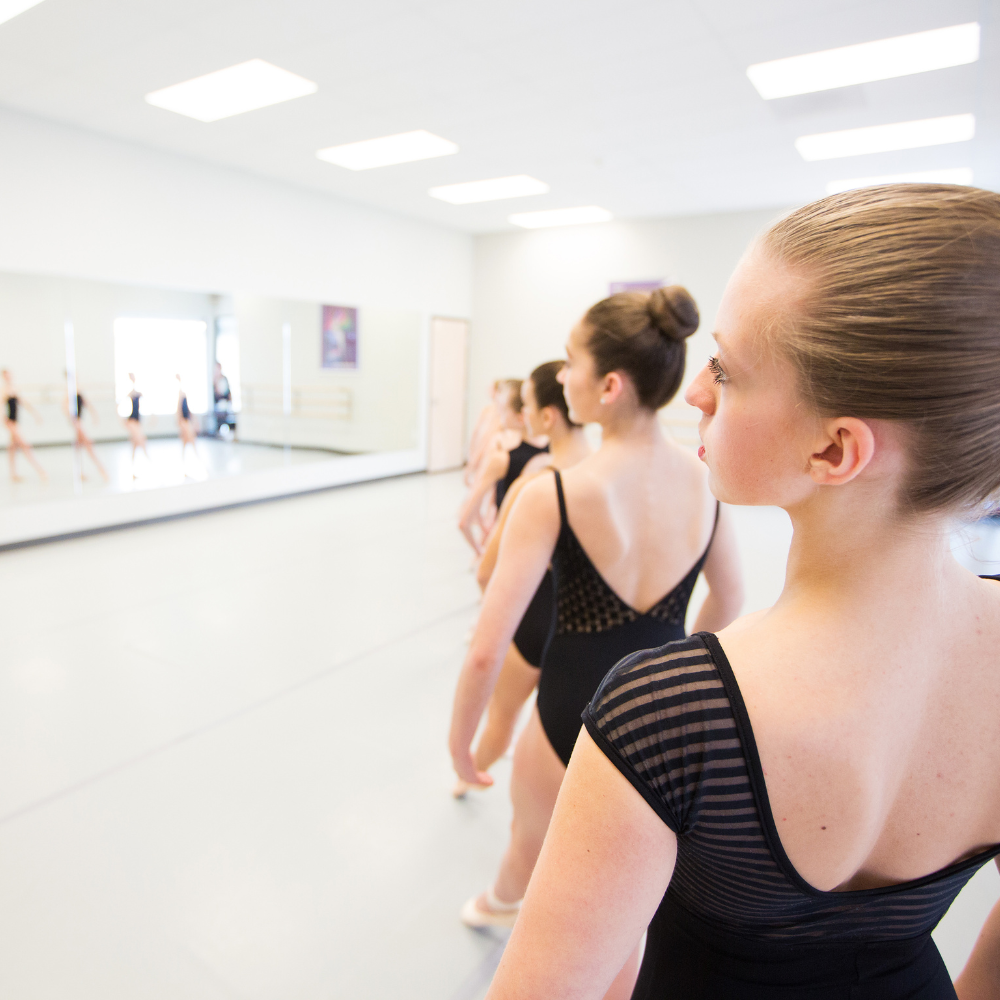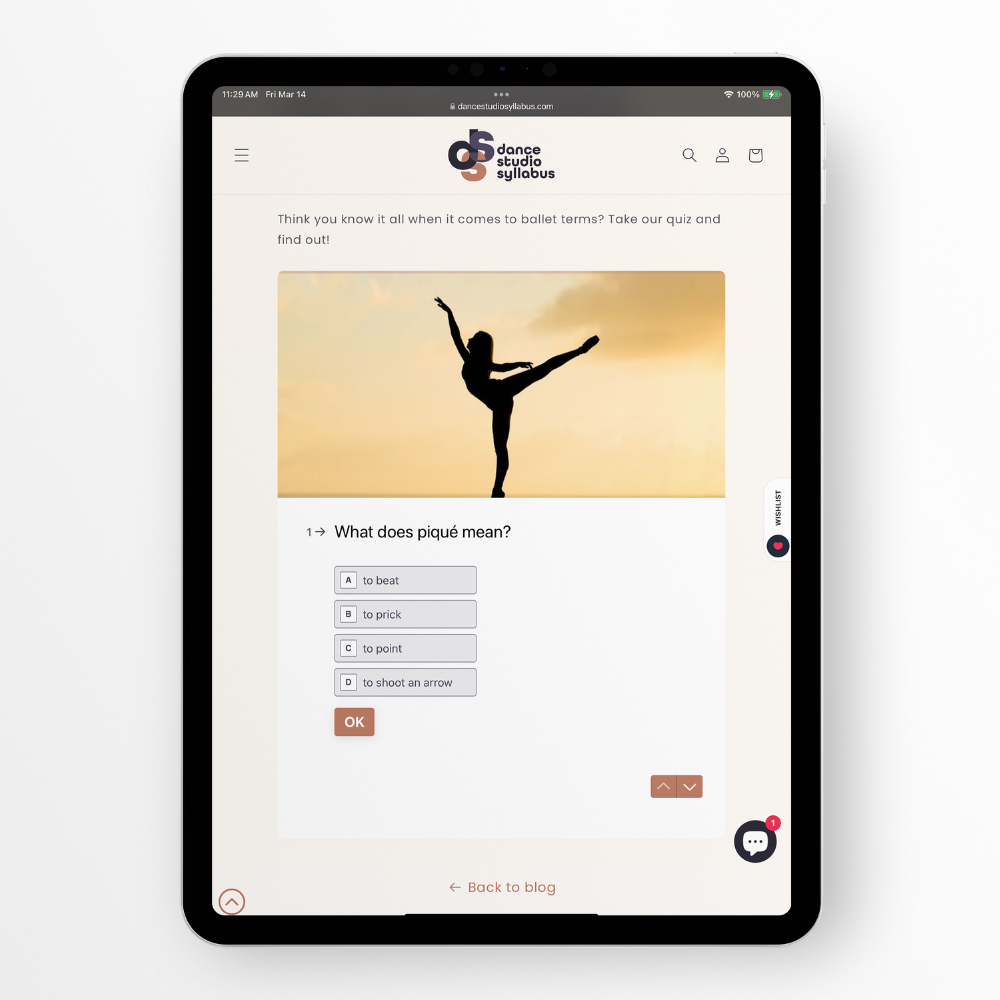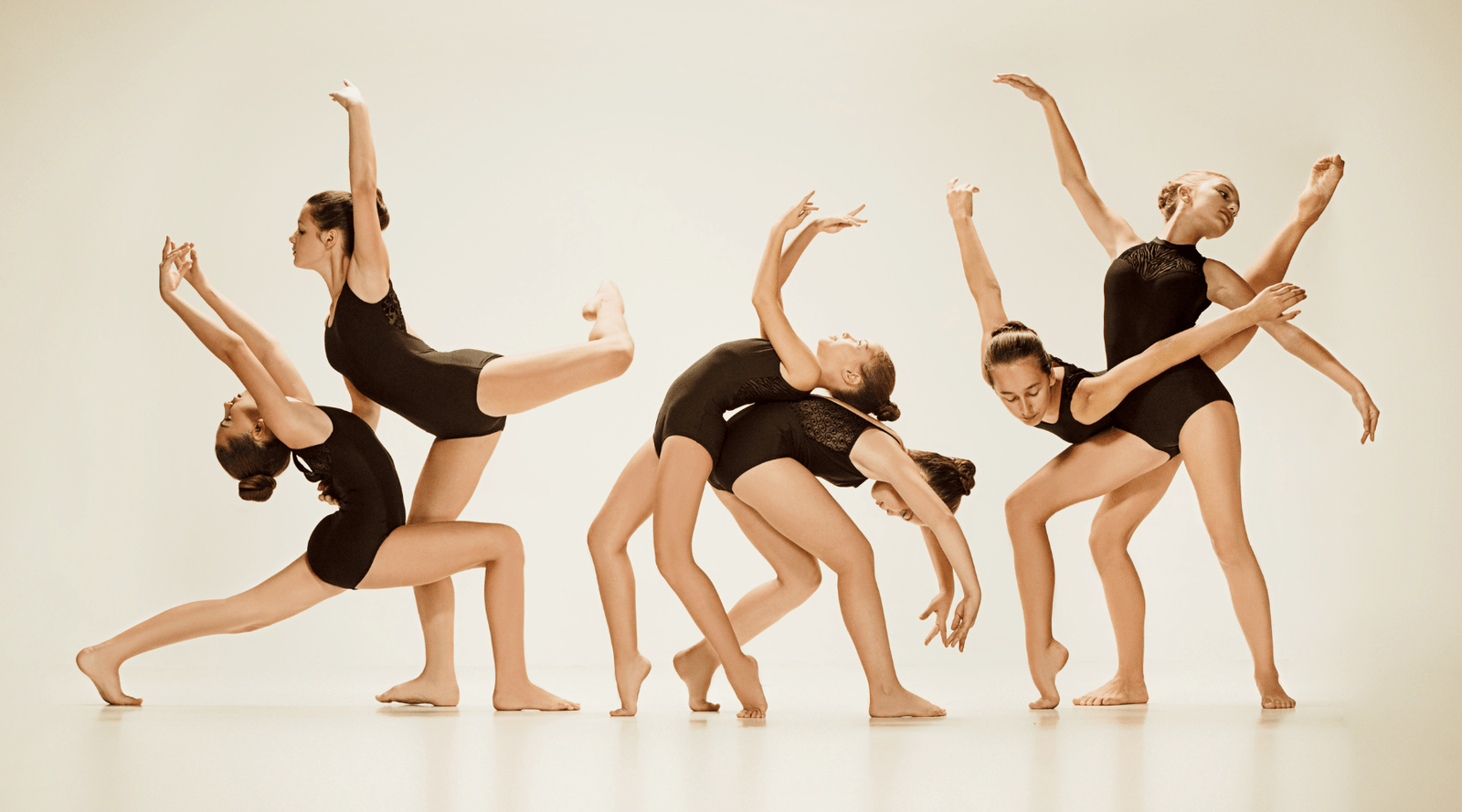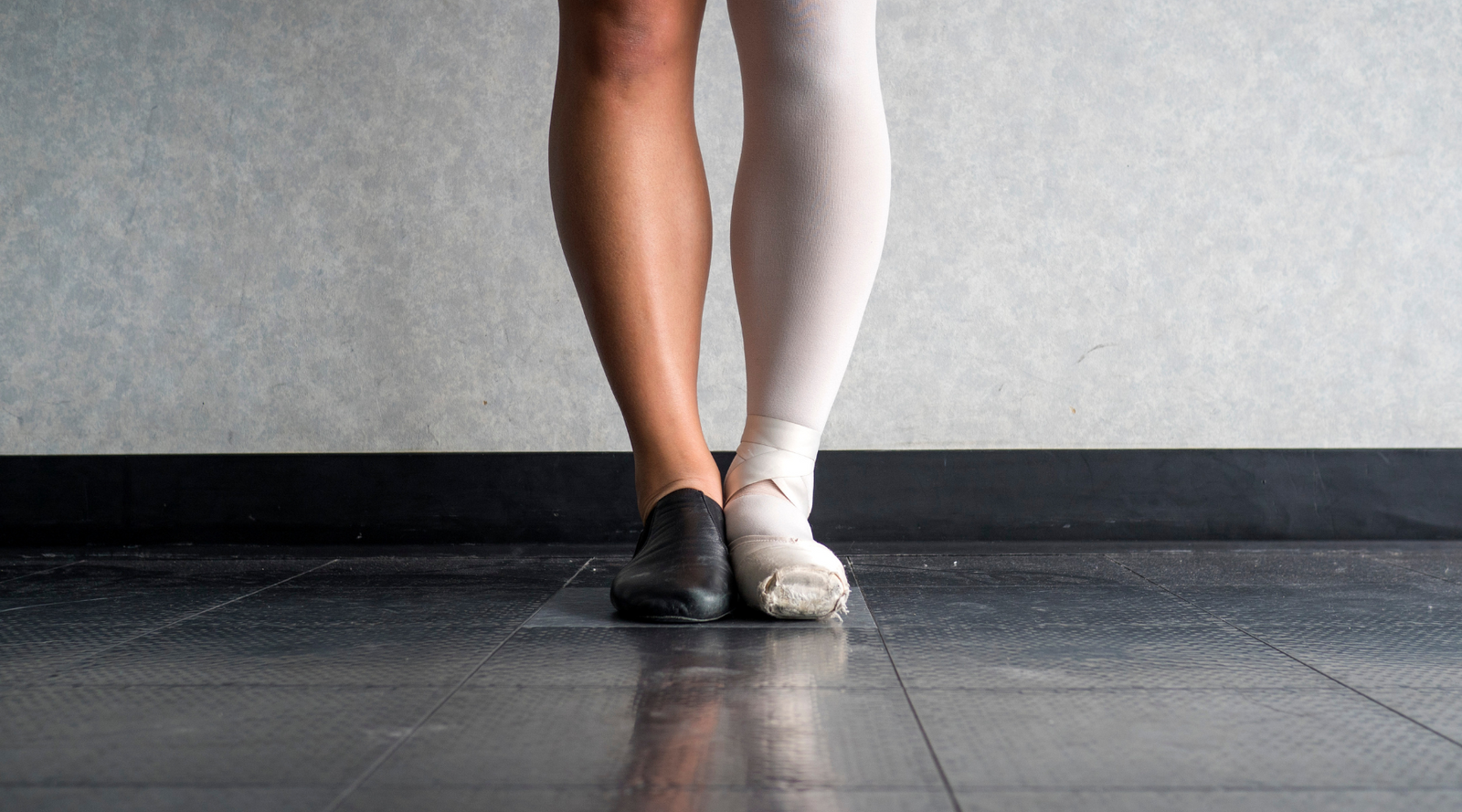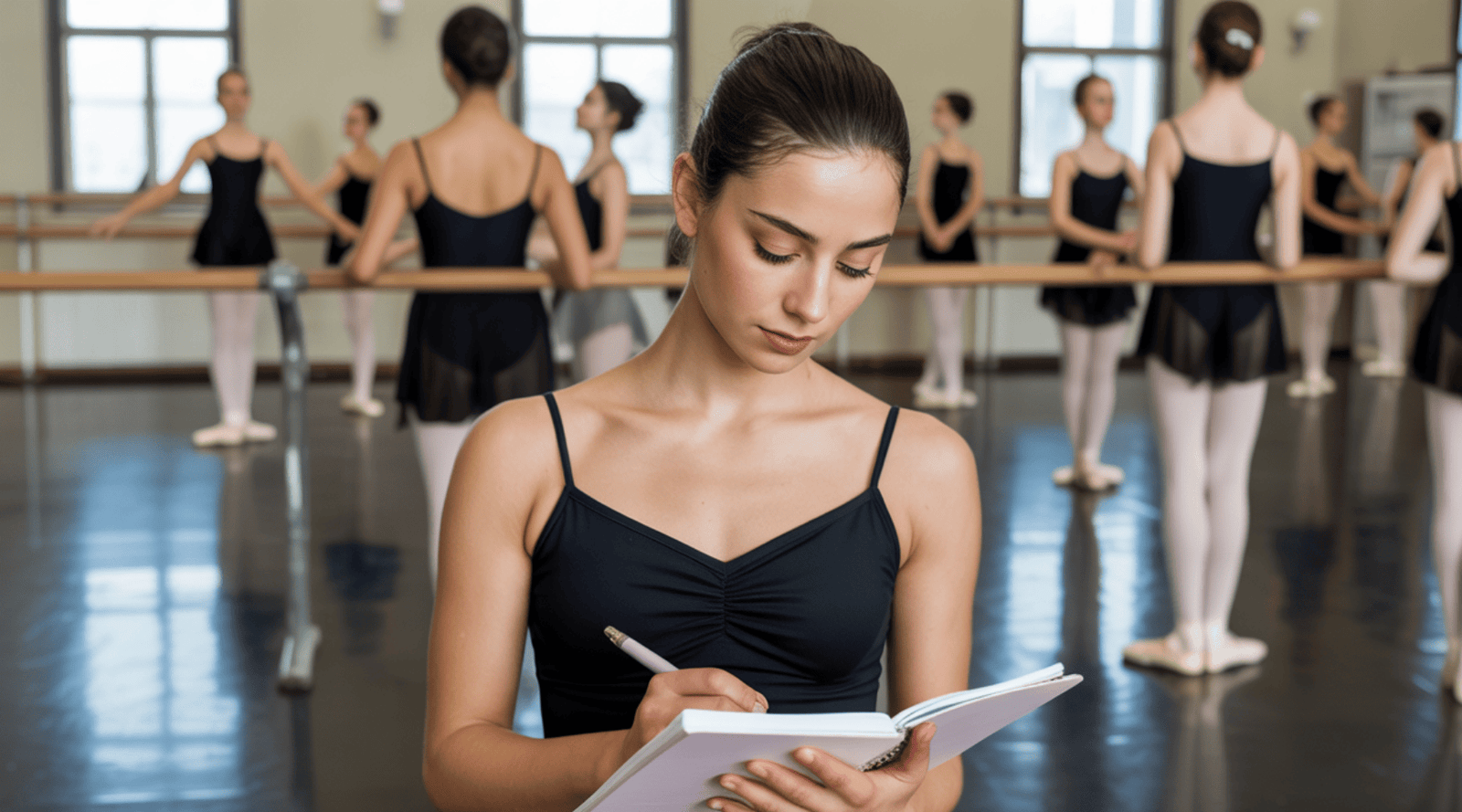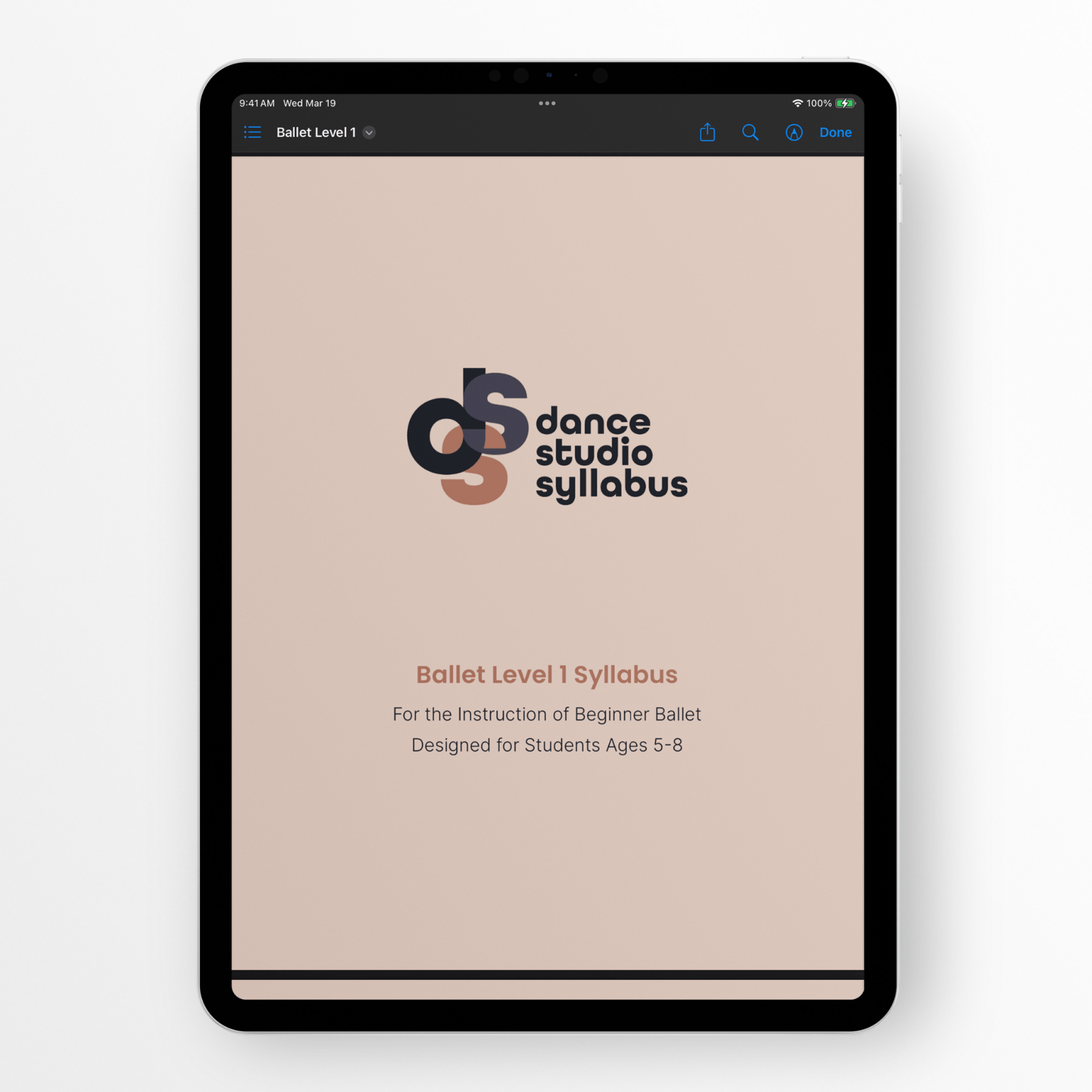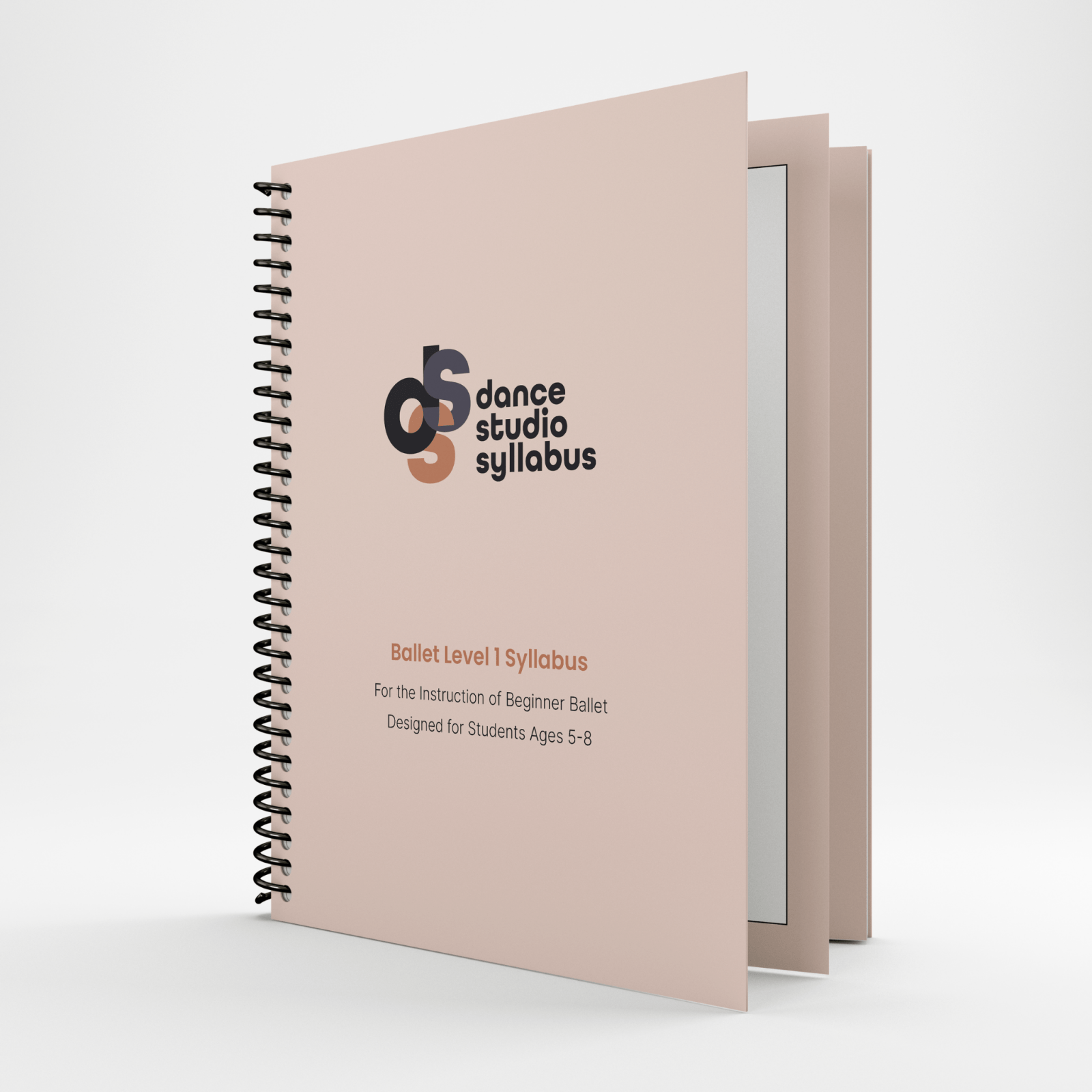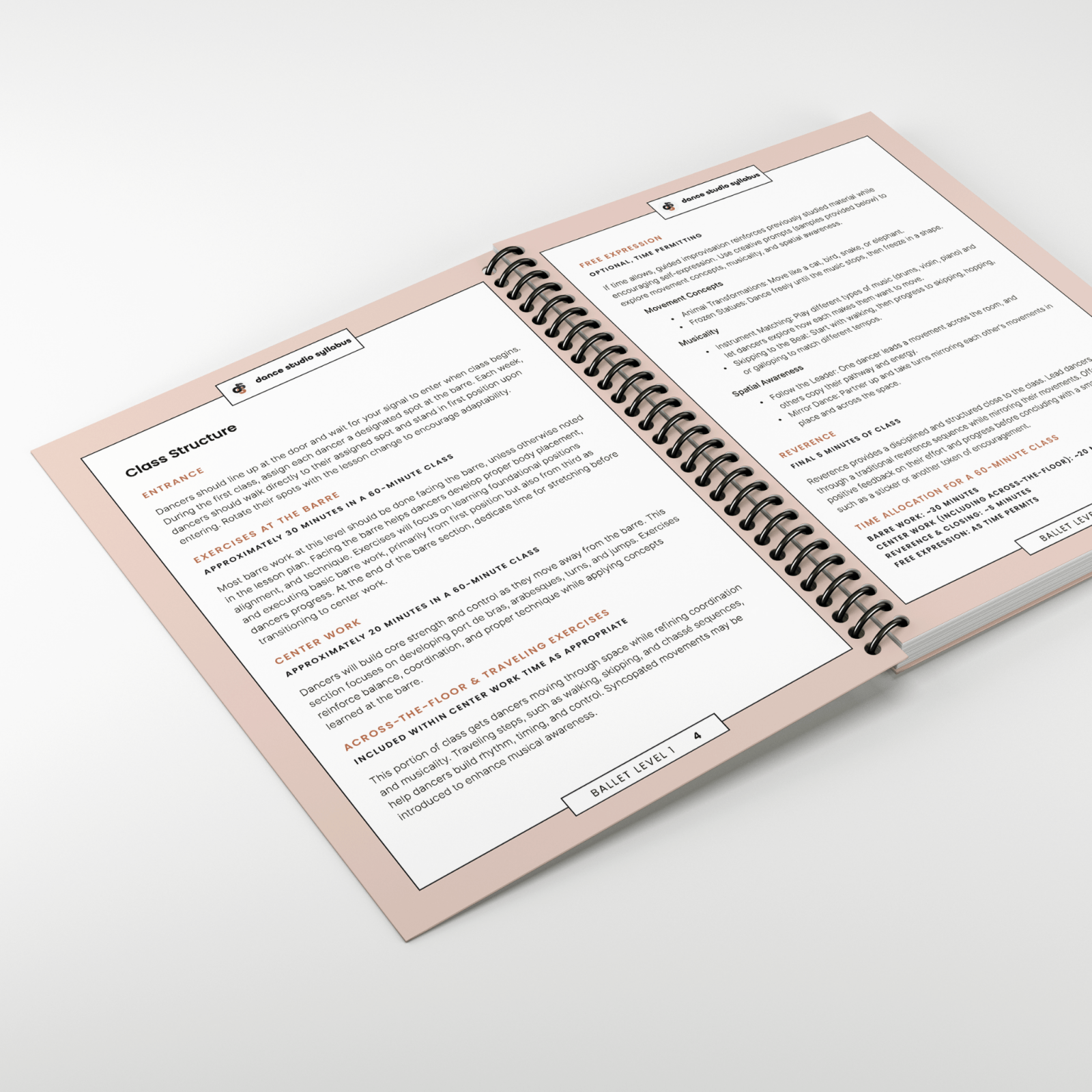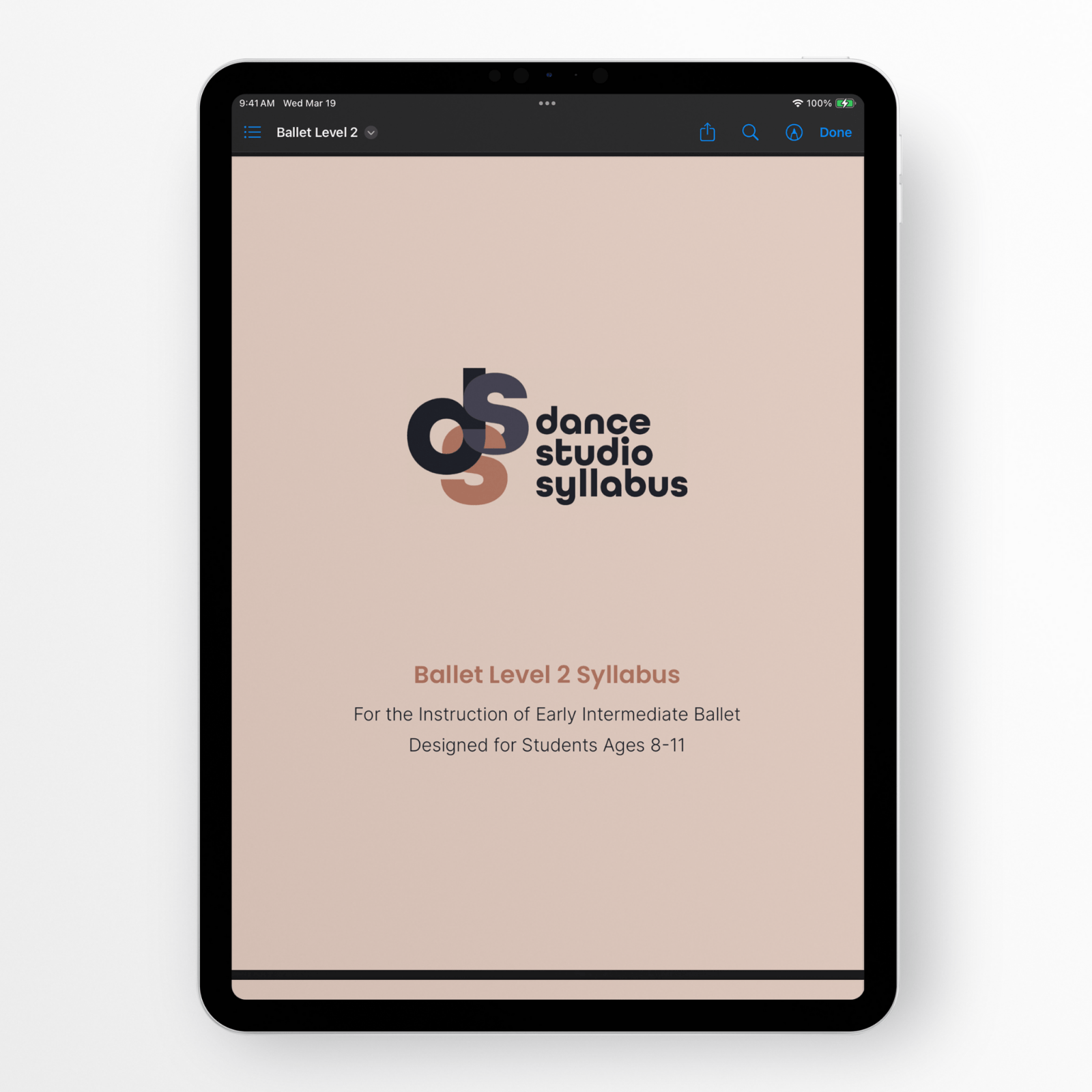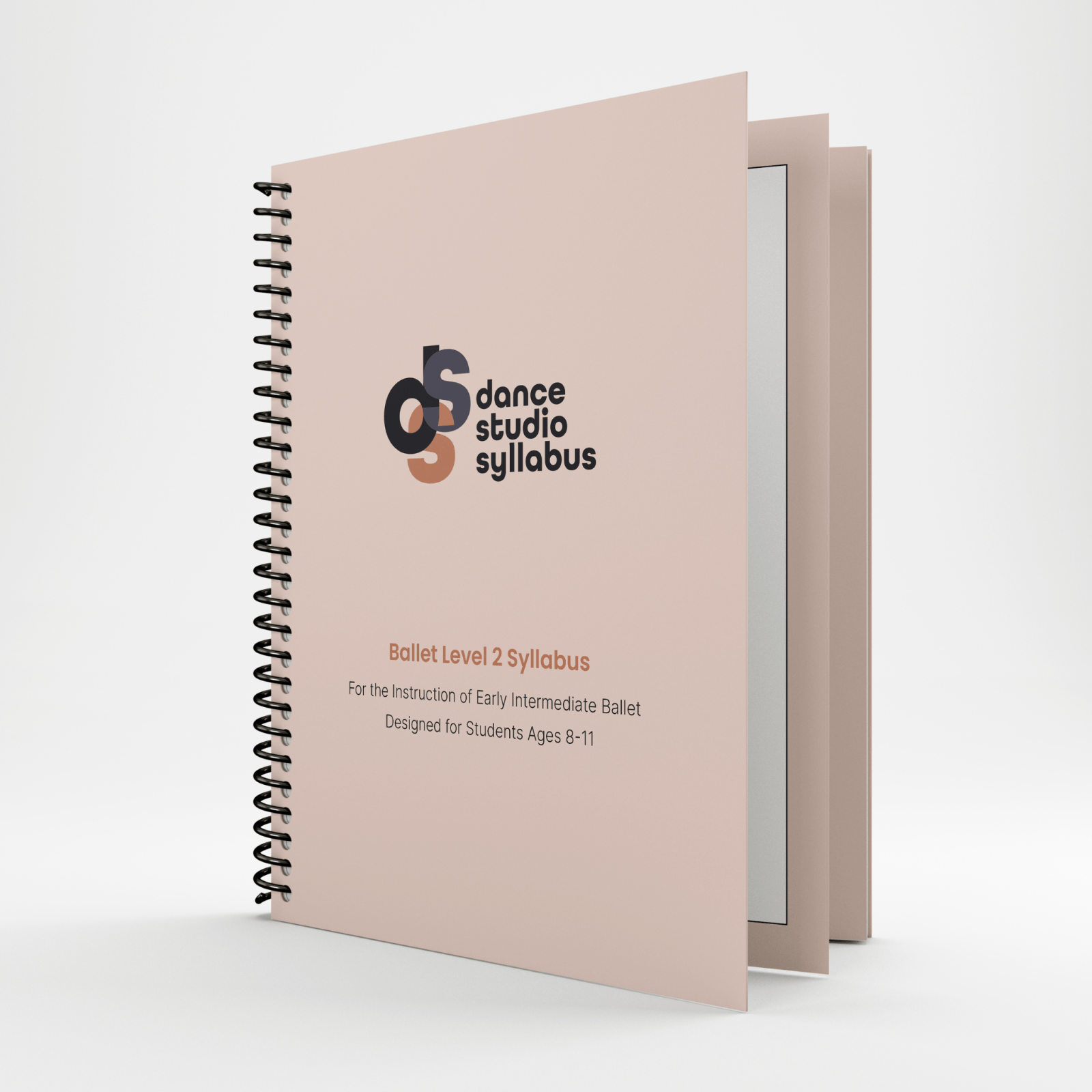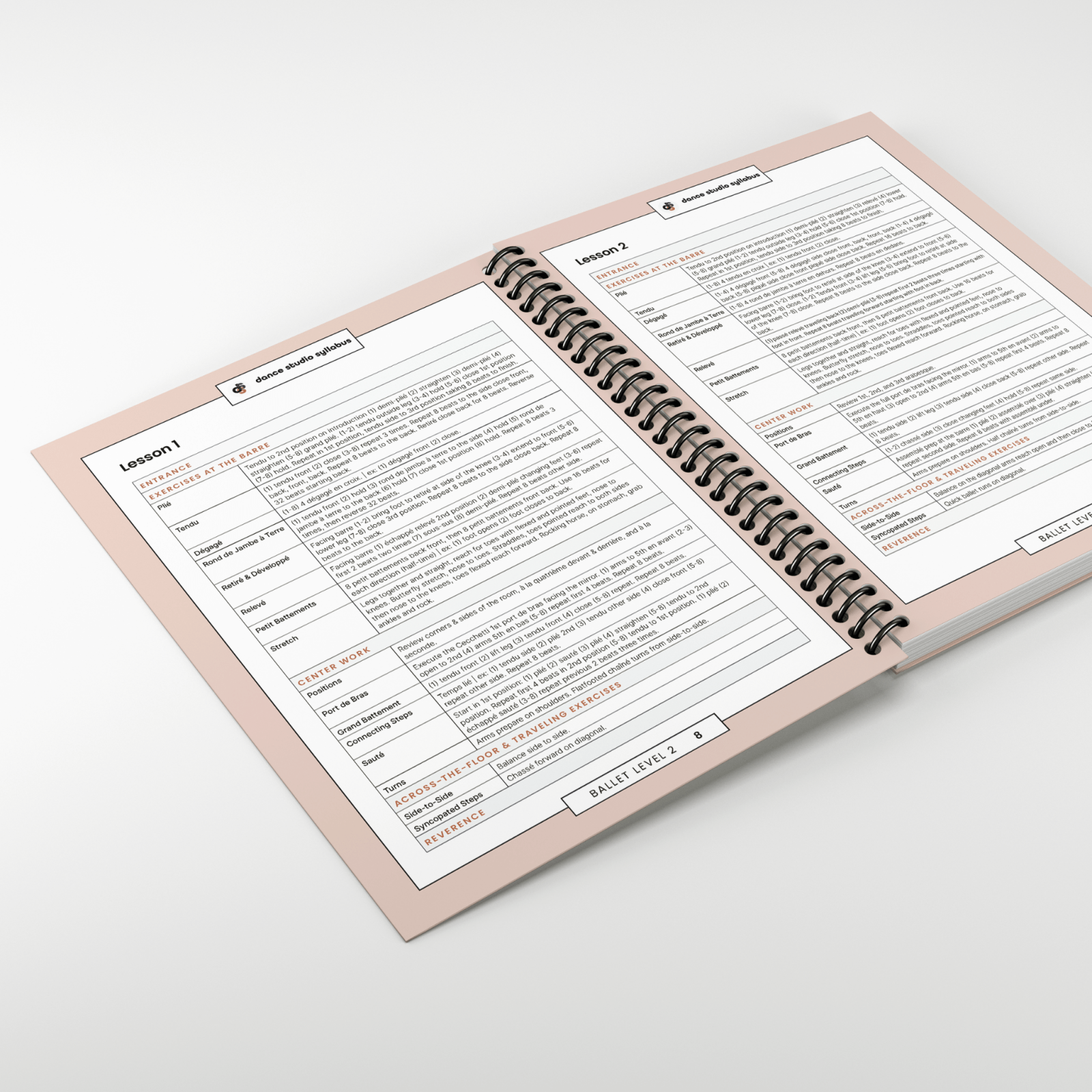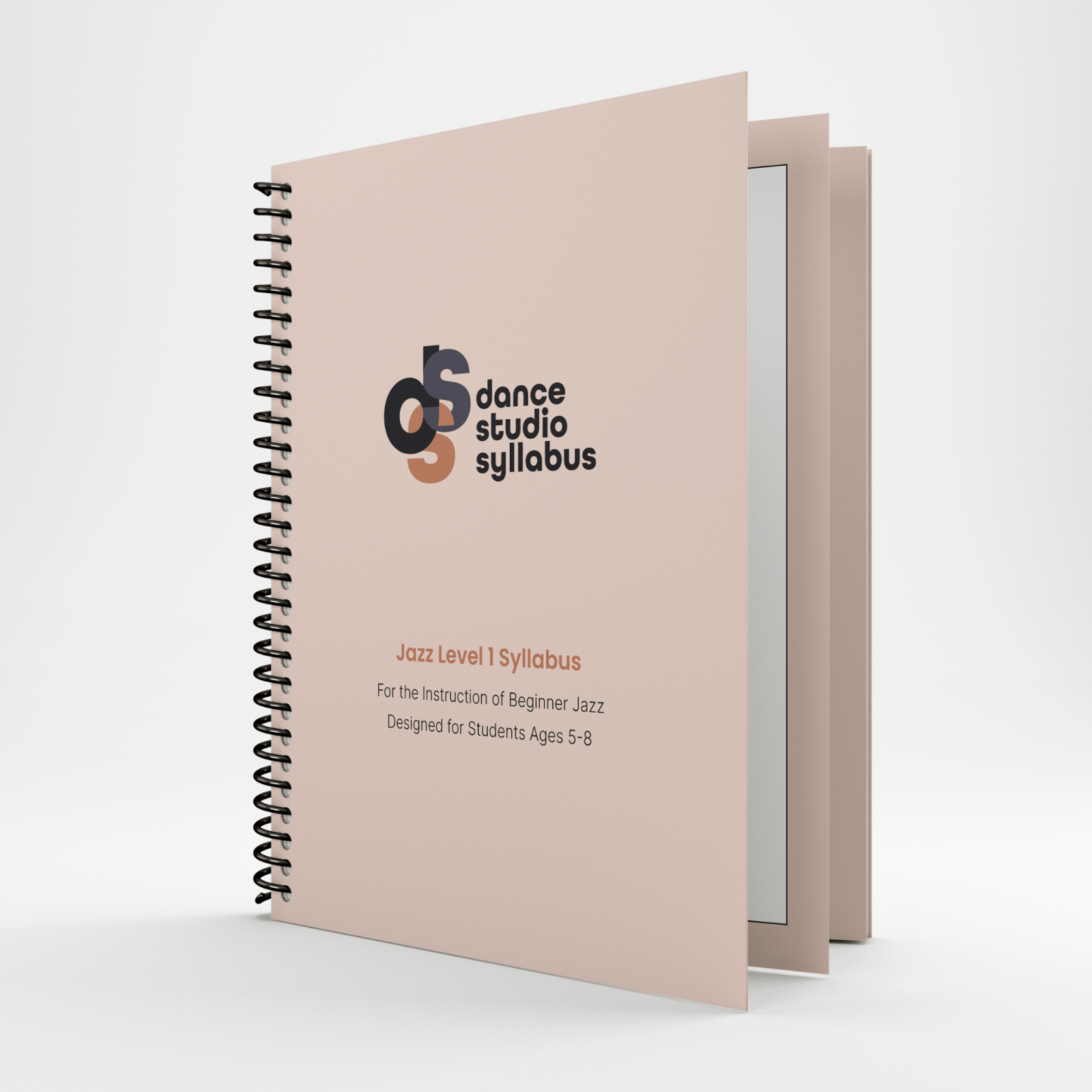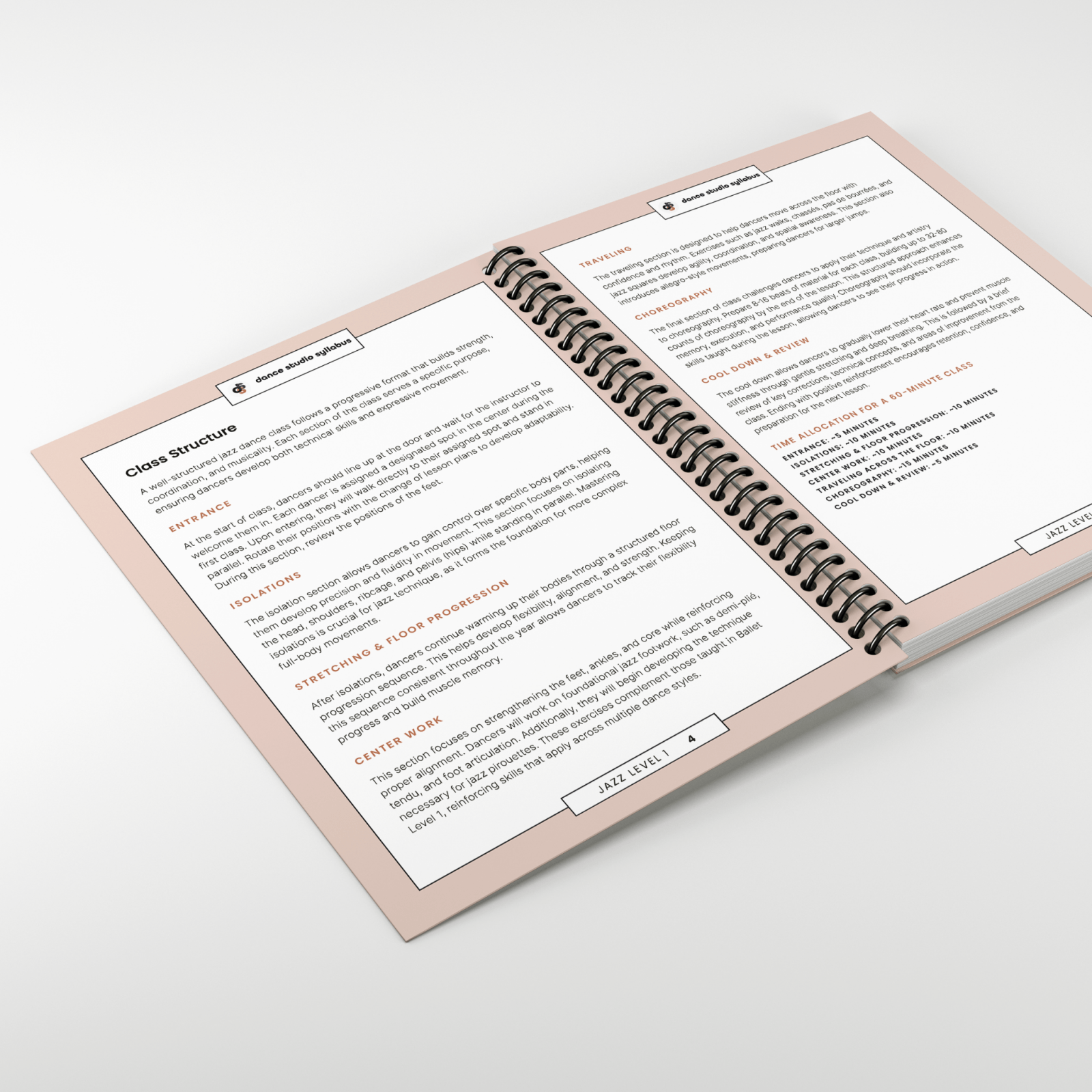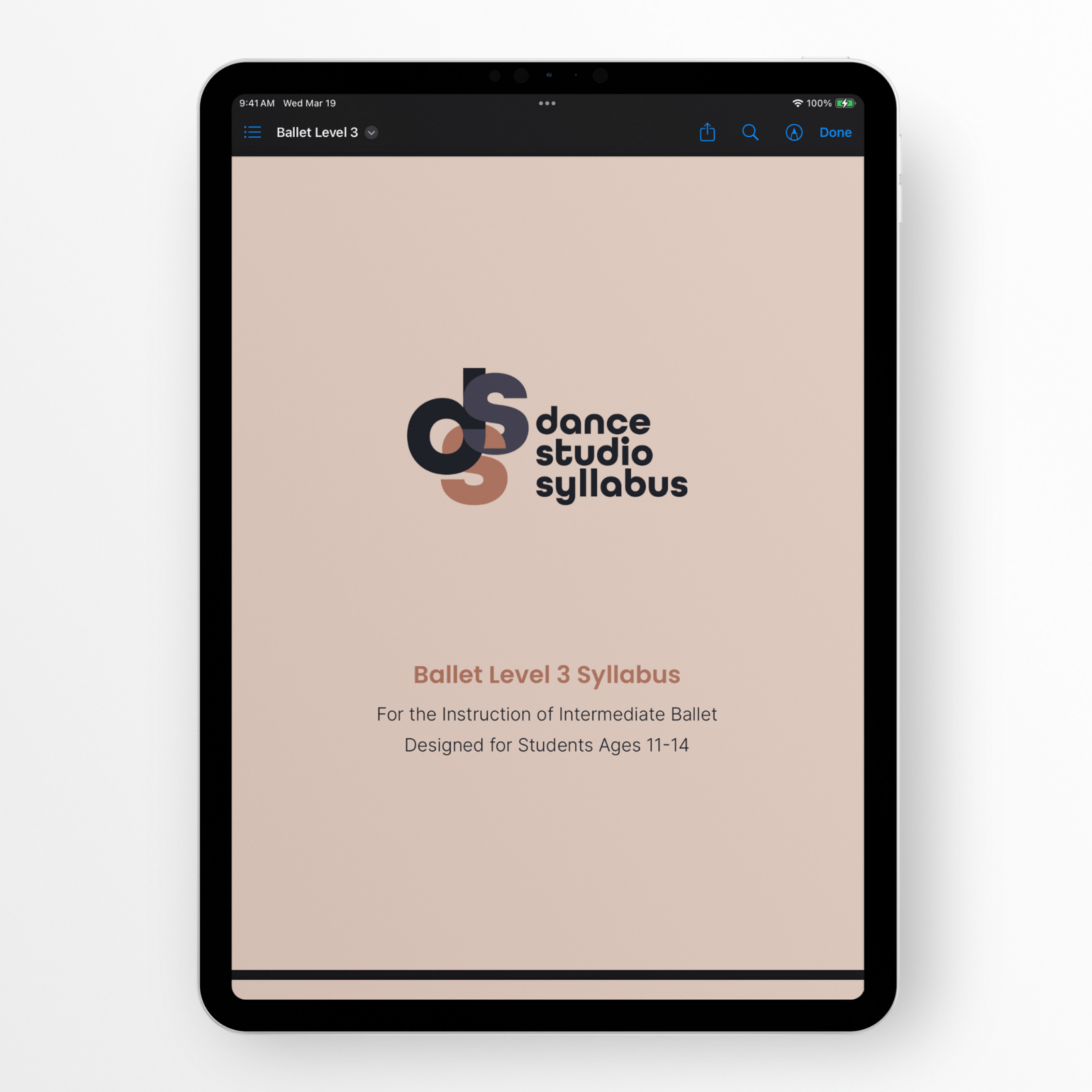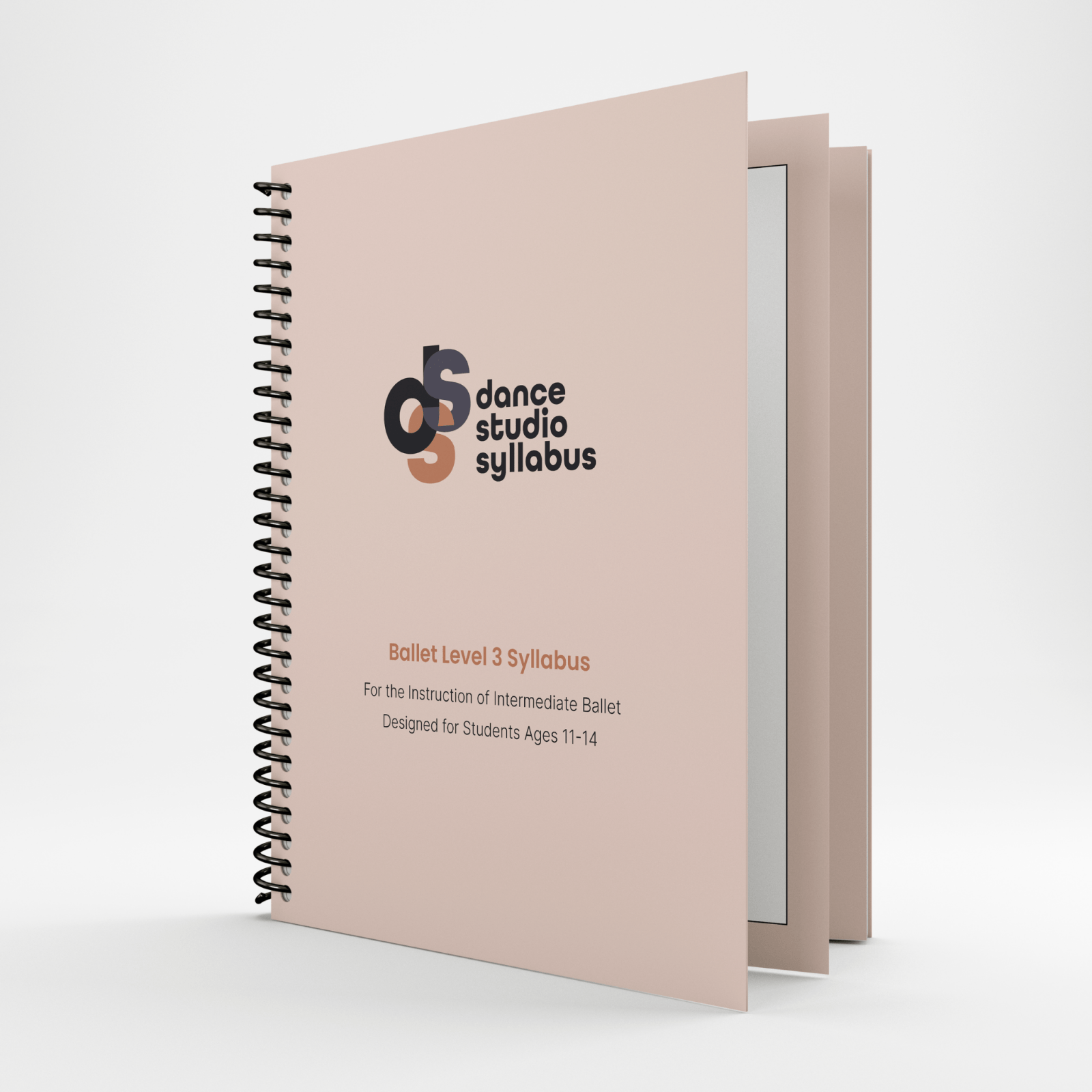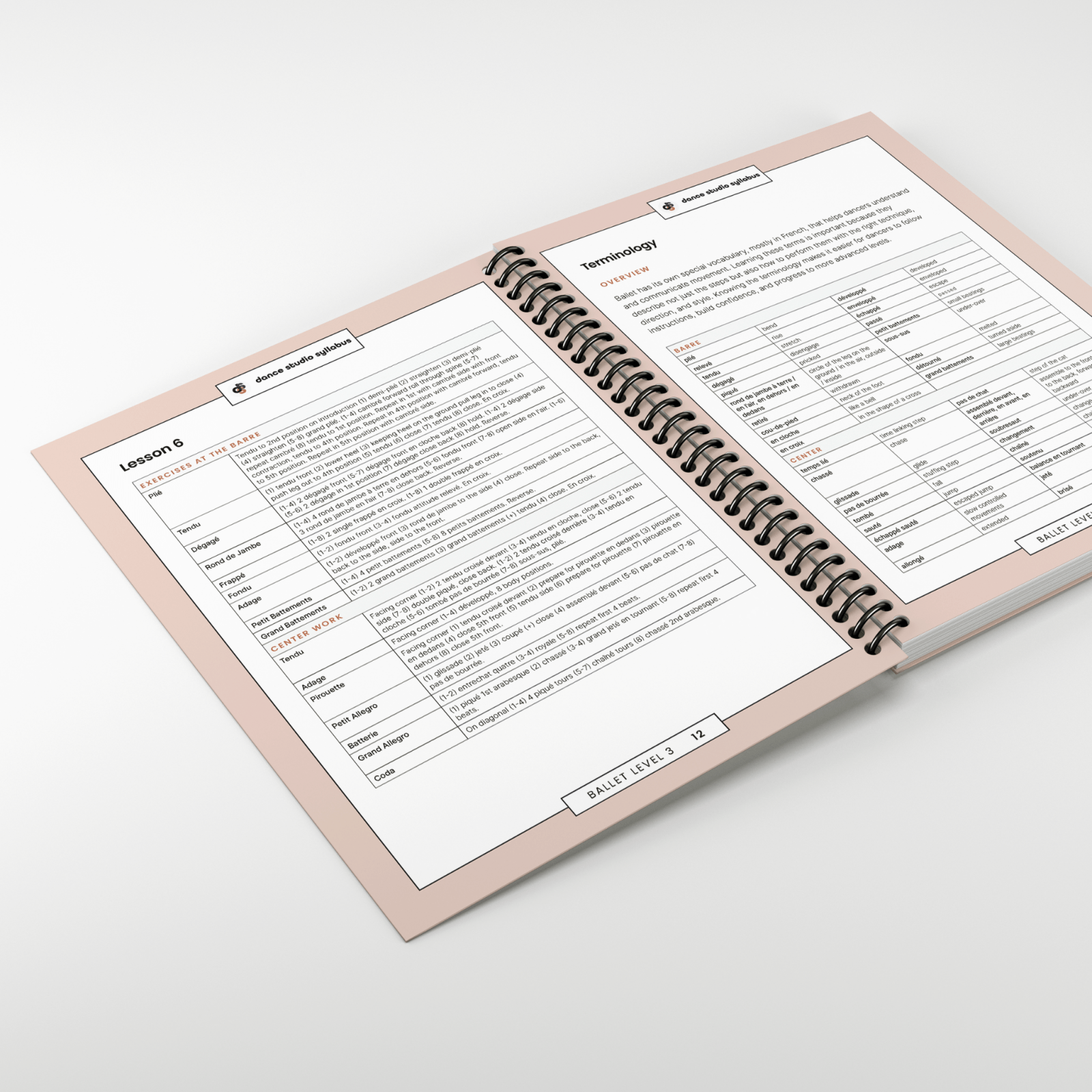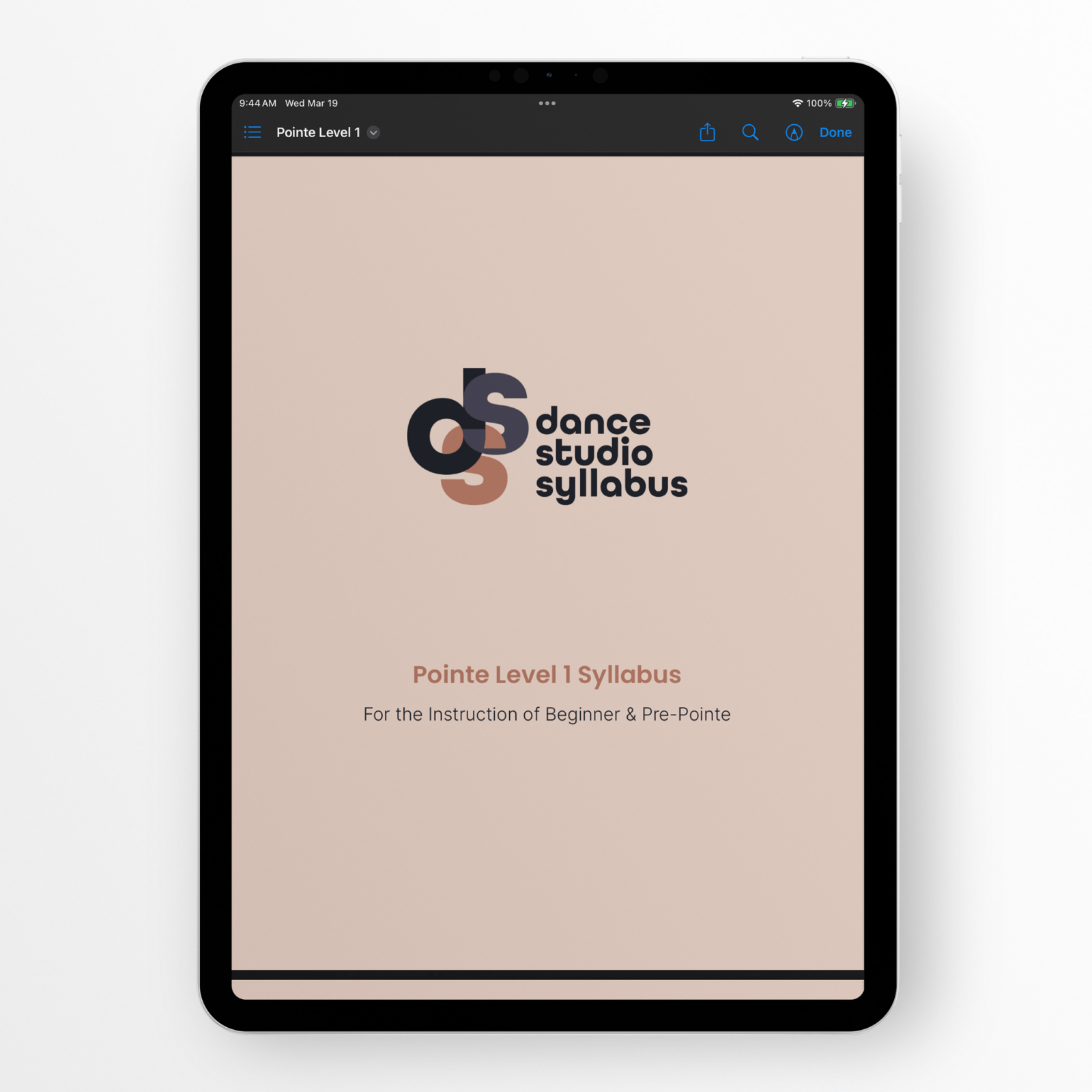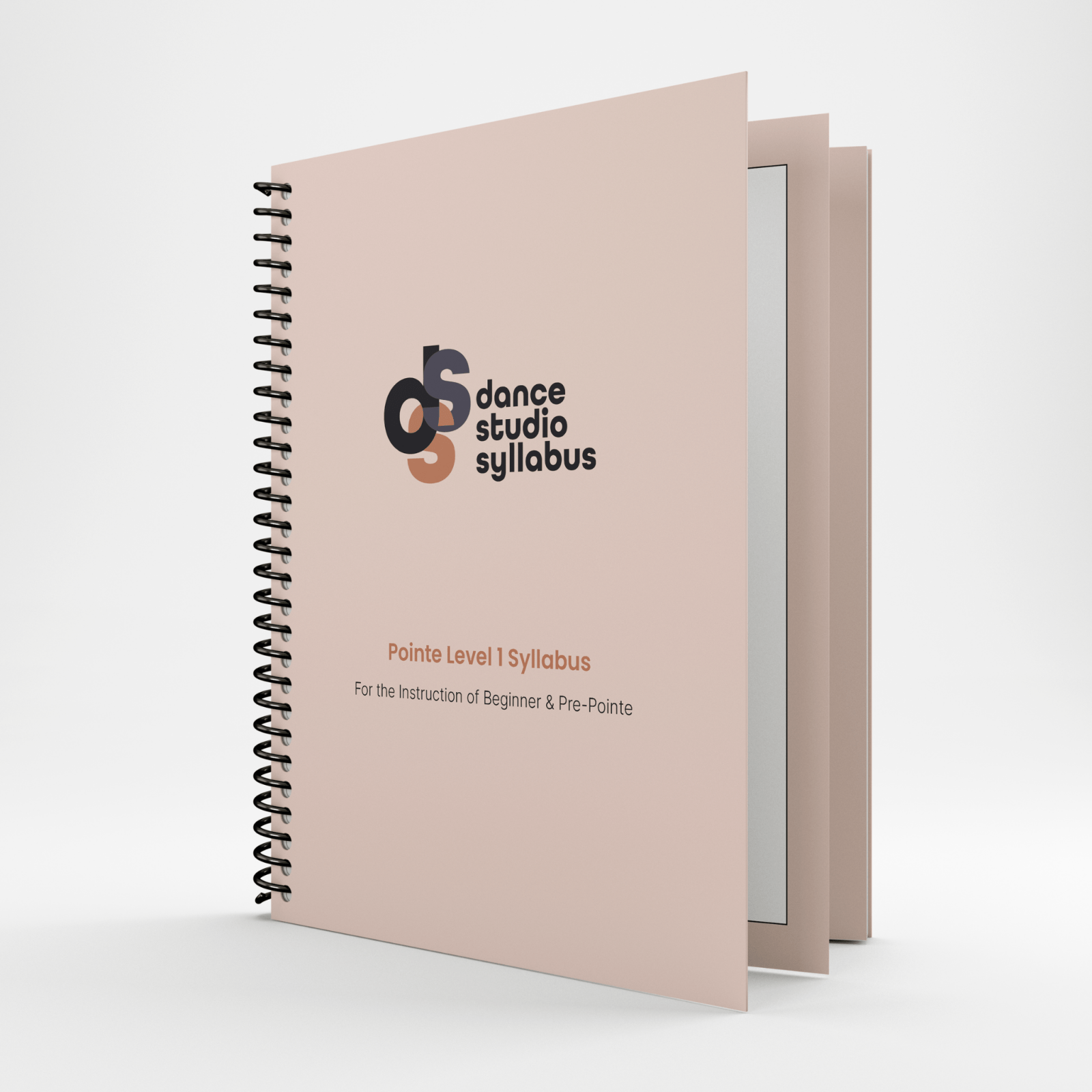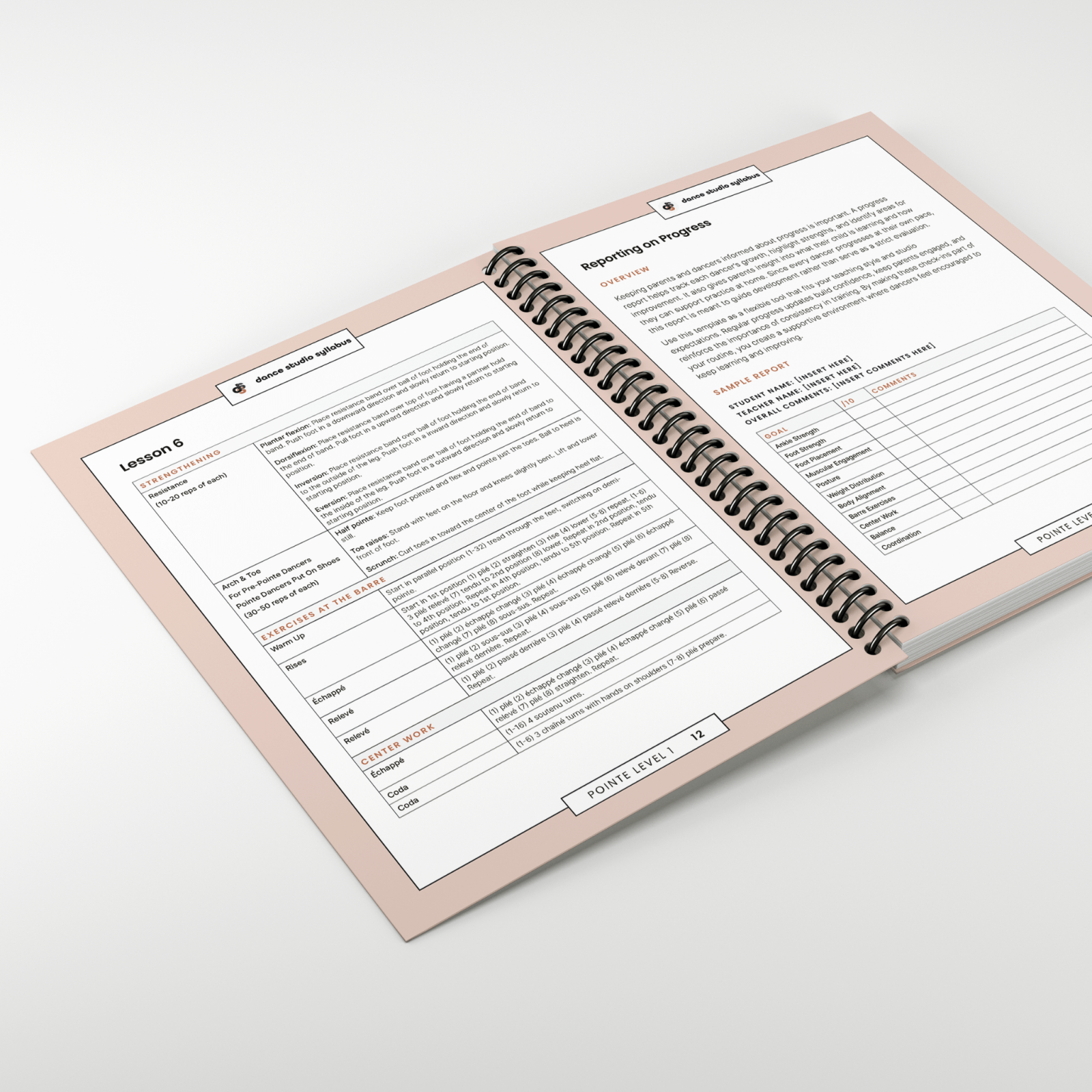...in All Studio Settings: Recreational, Competitive, and Pre-Professional
Dance is an expressive art form that captivates audiences with grace, athleticism, and storytelling. At the heart of every polished performance lies a critical foundation: solid dance technique. Whether a student is dancing for fun, competing on a national stage, or preparing for a professional career, technique is the bedrock of safe, effective, and expressive movement.
In this blog, we’ll explore why dance technique matters across recreational, competitive, and pre-professional studios alike—and how a structured curriculum can support technical development in every setting.
Why Dance Technique Matters for All Dancers
1. Injury Prevention
Proper technique helps dancers move efficiently and safely. Correct posture, alignment, and muscle engagement reduce the risk of injuries like sprains, strains, and stress fractures. Regardless of their goals, dancers who practice with good technique are better equipped to enjoy dance long-term.
2. Skill Progression
Dance technique builds progressively; each new skill requires mastery of foundational movements. From pliés to pirouettes, well-developed technique ensures that dancers can advance to more complex choreography without struggling with basic mechanics.
3. Artistic Expression
While artistry is often associated with creativity and interpretation, it relies heavily on technical control. Dancers who understand how to use their bodies precisely can better convey emotions and tell compelling stories through movement.
4. Confidence and Performance Quality
Dancers with strong technical foundations tend to feel more confident in class and on stage. When technique becomes second nature, performers can focus on presentation, musicality, and connection with their audience.
The Role of Technique in Different Studio Environments
Recreational Dance Studios
In recreational settings, the emphasis may be on fun, fitness, and social connection. However, incorporating solid technique ensures that dancers can move safely and experience the satisfaction of mastering new skills. A structured curriculum provides consistency, giving teachers the tools to introduce technique in an engaging, age-appropriate way.
Competitive Dance Studios
Competitions demand precise execution, advanced skills, and polished performances. Technique plays a critical role in achieving these goals. Judges often score dancers based on their technical execution, making a solid technical foundation essential for competitive success. Progressive lesson plans and targeted exercises help dancers refine their skills while maintaining artistic integrity.
Pre-Professional Dance Studios
Pre-professional training focuses on preparing dancers for professional careers. Technical mastery is non-negotiable at this level, as dancers must meet industry standards for auditions, performances, and company placements. A systematic approach to technique development ensures that students build the strength, flexibility, and precision needed to pursue their careers with confidence.
How a Structured Dance Curriculum Supports Technical Growth
Implementing a structured dance curriculum benefits dancers and teachers alike. Here’s how it supports technical development across all studio types:
- Consistent Skill Progression:A well-designed syllabus introduces skills in a logical sequence, ensuring that dancers build technique step-by-step.
- Clear Learning Objectives:Defined benchmarks help teachers track student progress and adjust instruction as needed.
- Time-Saving Resources:Pre-planned lessons allow teachers to focus on individualized feedback and student engagement rather than starting from scratch.
- Age-Appropriate Material:A curriculum tailored to different age groups ensures that dancers learn technique safely and effectively.
Final Thoughts
Dance technique is more than just executing steps correctly—it’s the foundation for growth, artistry, and longevity in dance. Whether your studio focuses on recreational classes, competitive training, or pre-professional preparation, investing in technical development sets students up for success.
Ready to support your dancers with a structured, progressive curriculum that prioritizes technique? Explore Dance Studio Syllabus’s expertly designed materials and help your students build skills that last a lifetime.
